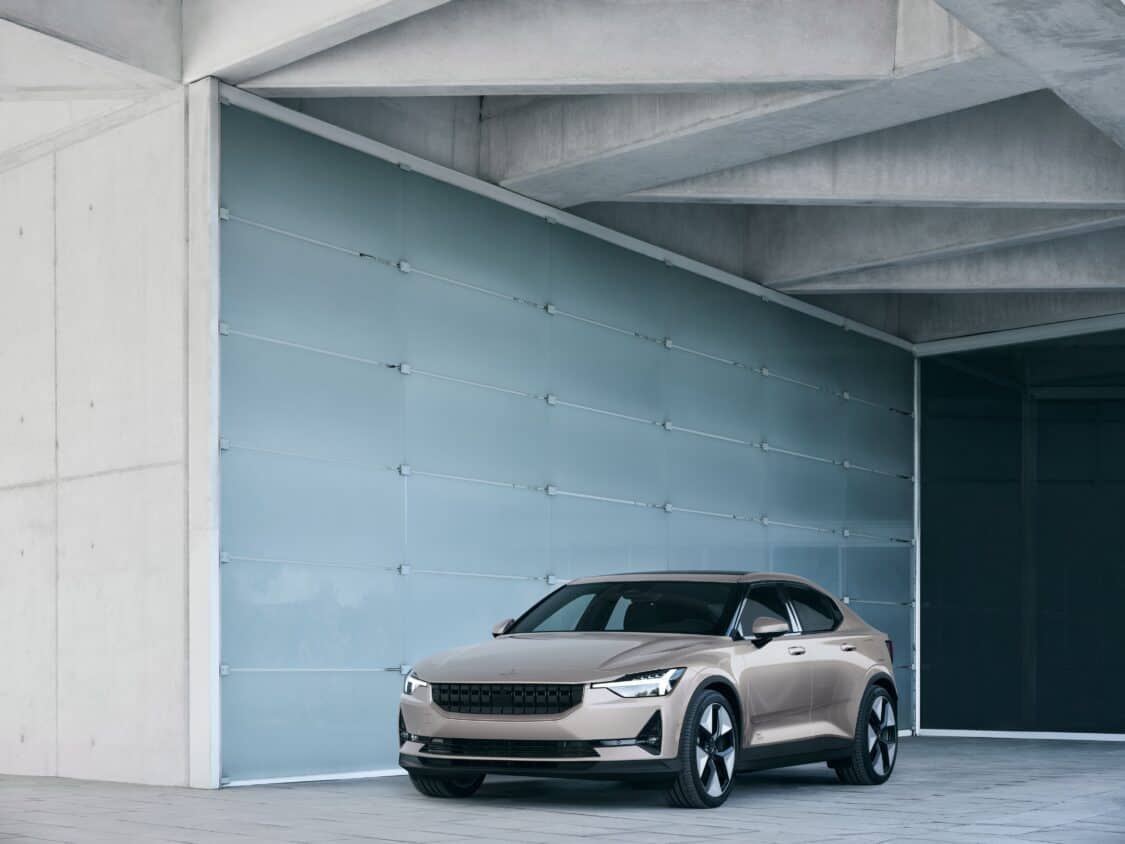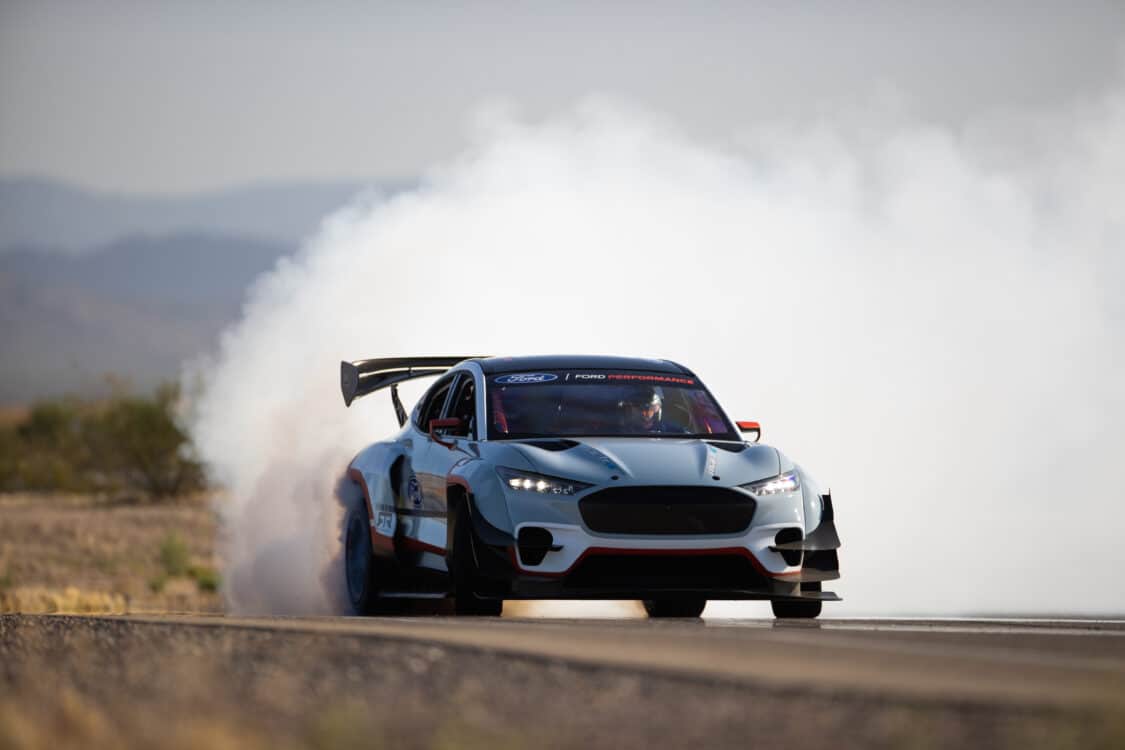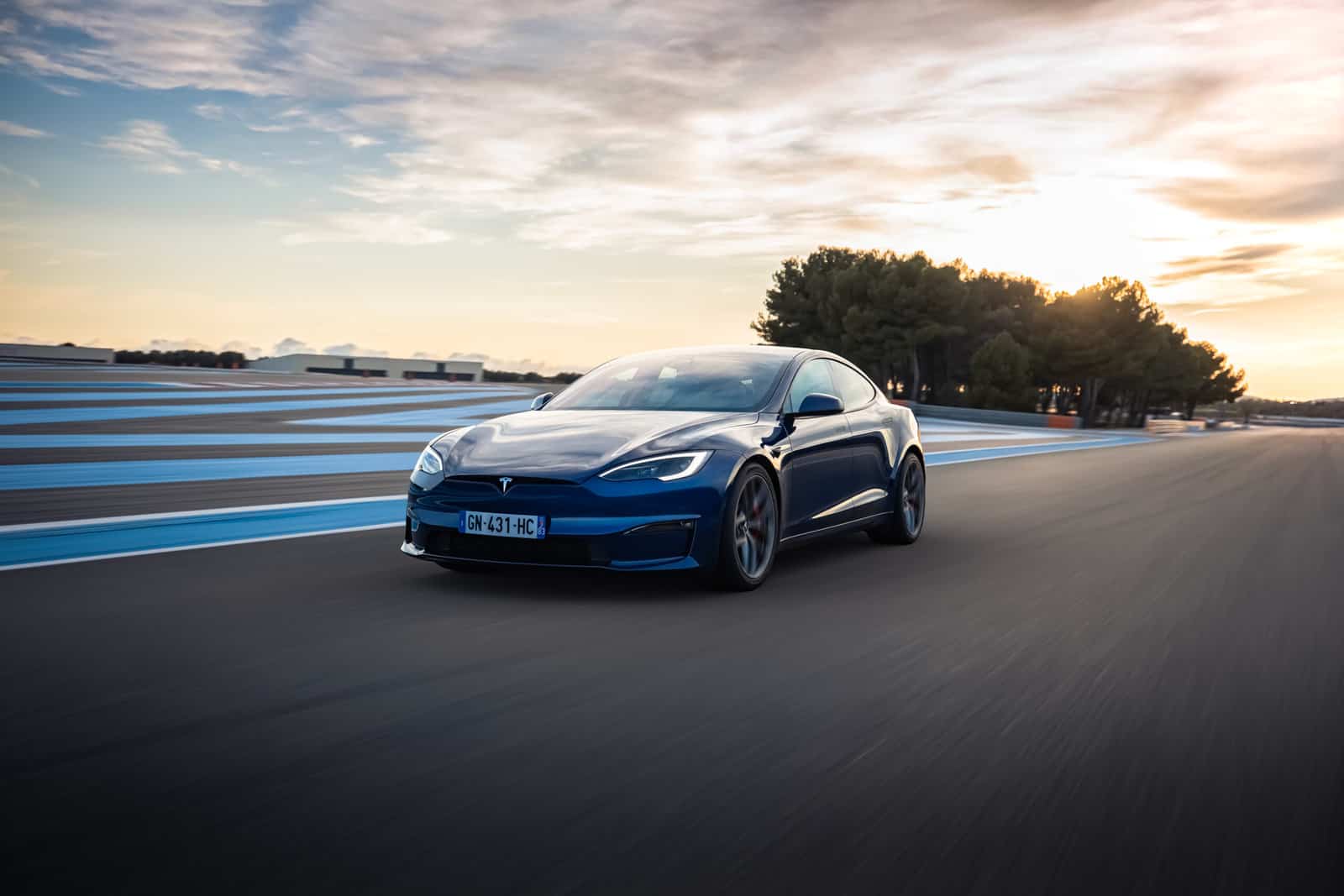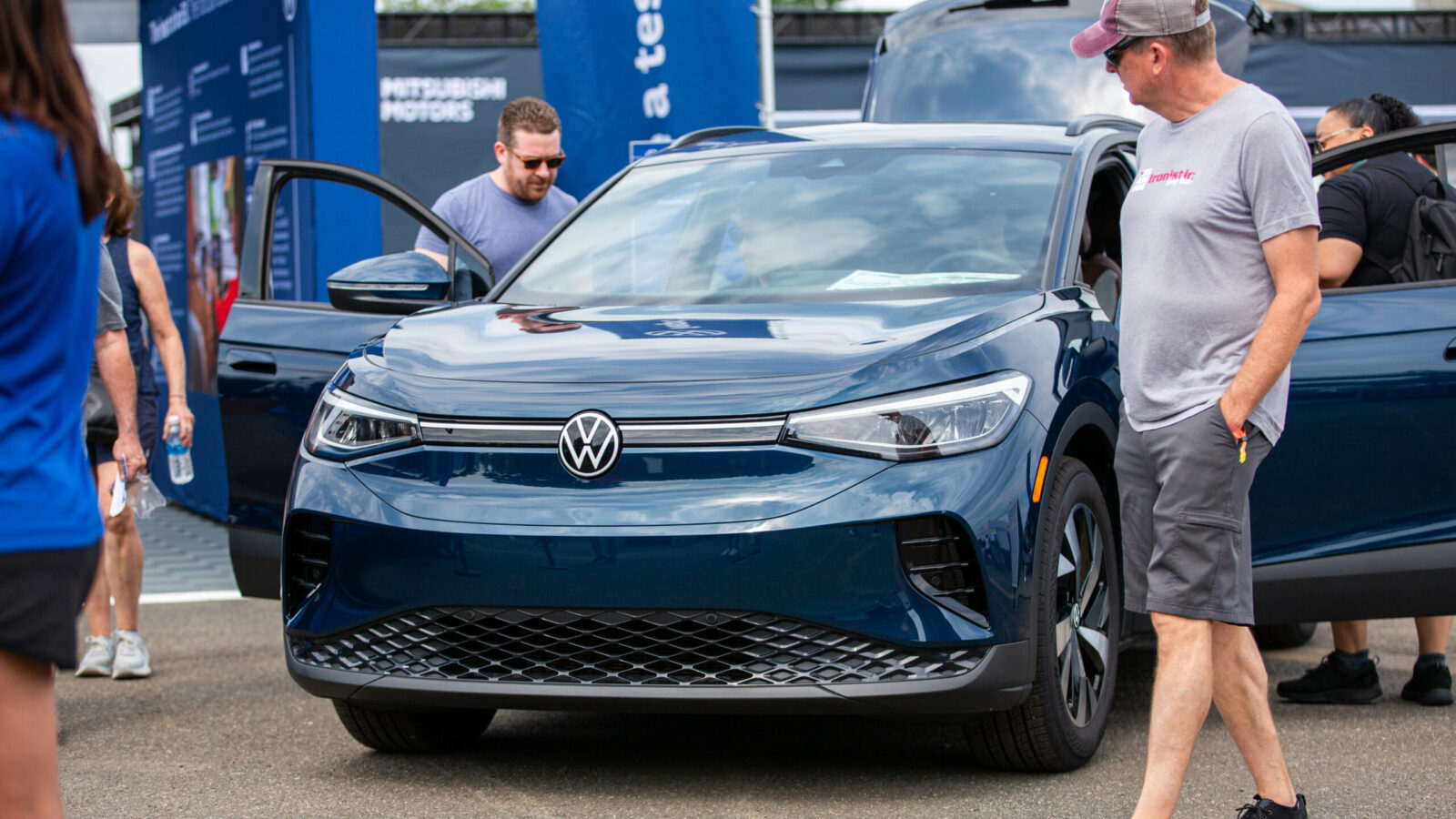- EVs have horsepower and torque that rivals exotic sports cars.
- EV manufacturers add sound to resemble performance-tuned V8 engines.
- Electric vehicles have satisfying 0-to-60 times.
- EVs do not have transmissions, so they have faster acceleration than gas-powered cars.
Electric vehicles are slow, right? While it may have been true in the past that electric vehicles were slower than their gasoline counterparts, this is no longer the case. Many electric vehicles can now achieve impressive acceleration and speed.
The Tesla Model S, for example, can go from 0 to 60 mph in just 2.4 seconds, making it one of the fastest cars on the market. The 2023 Chevrolet Corvette with the Z51 performance package has a 0-to-60 time of 2.8 seconds. The Model S and Corvette have sticker prices approaching six figures, and EV drivers can still get quick speeds and satisfying driving experiences with lower-priced EVs.
Myth #1: EVs are like big golf carts
Electric vehicles are sophisticated vehicles loaded with high-tech features that put them in a class far away from any golf cart. Because electric vehicles do not have transmissions, they have instant acceleration, which you don’t get from the average golf cart.
Many single-motor EVs have around 250 horsepower, while dual-motor EVs start with about 450 horsepower. You don’t have to spend much to get these numbers. Consider the Tesla Model 3 Performance model, which has 450 horsepower and 471 lb-ft of torque and a sticker price under $55,000. This zippy EV has a 3.1 0-to-60 time.

Other automakers offer exceptional EVs with satisfying torque. The 2023 Kia EV6 GT has specifications that rival exotic sports cars but without the six-figure sticker price. The two electric motors and 77.4-kWh battery deliver 576 horsepower and 545 lb-ft of torque.

Even single-motor EVs provide zippy rides. The single-motor Polestar 2 with front-wheel drive delivers 231 horsepower and 243 lb-ft of torque. It has responsive acceleration even at highway speeds, and drivers will quickly find themselves at speeds above the legal limit.
For comparison purposes, the average golf cart has between 8 and 25 horsepower.

Myth #2: EVs are too quiet
Drivers who enjoy performance cars often complain that EVs are too quiet. They like the sounds of a V8 engine and a tuned exhaust. While combustion engines do make noise, the performance sounds often come from engineered exhausts like the glasspack mufflers that change the pressure and sound.
Drivers who associate sound with performance can still get what they want with an electric vehicle. The Ford Mustang Mach-E has a driving mode called “Unbridled,” and it includes faux engine noises that resemble those in the 5.0-liter V8 gas-powered Mustang. The upcoming Dodge Charger EV will also have faux engine noises that drivers expect to hear from the legendary muscle cars.

What’s magical about driving an EV is the silence. Stepping on the “gas” and getting the instant torque without the sound lets you experience speed in a new way. The instant torque is still satisfying, and in some vehicles, like the dual-motor Tesla Model Y, it pushes you backward, similar to riding on a roller coaster. There’s no doubt that speed and torque exist – even without sound.
Taking away a noisy motor lets you listen to your music and enjoy conversations. In a plug-in hybrid electric vehicle like the Jeep Wrangler 4xe, the silent electric motor lets drivers hear the sounds of nature while off-roading. If you need sound to appreciate the speed of your EV, you can purchase add-on products, like the sounds and speakers from companies like EngineVox.
You can check out the speed and torque in the newest EV models by visiting the Electrify Expo, proving that the idea that electric vehicles are slow is a myth.

IMAGES: KIA, TESLA, FORD, DODGE, POLESTAR
FTC: We use income-earning auto affiliate links. Learn more.



















